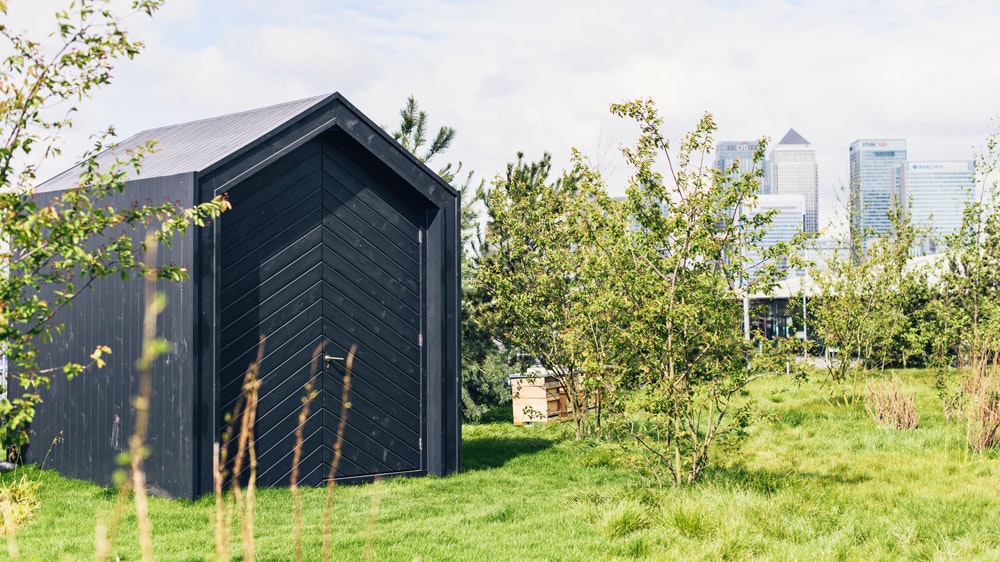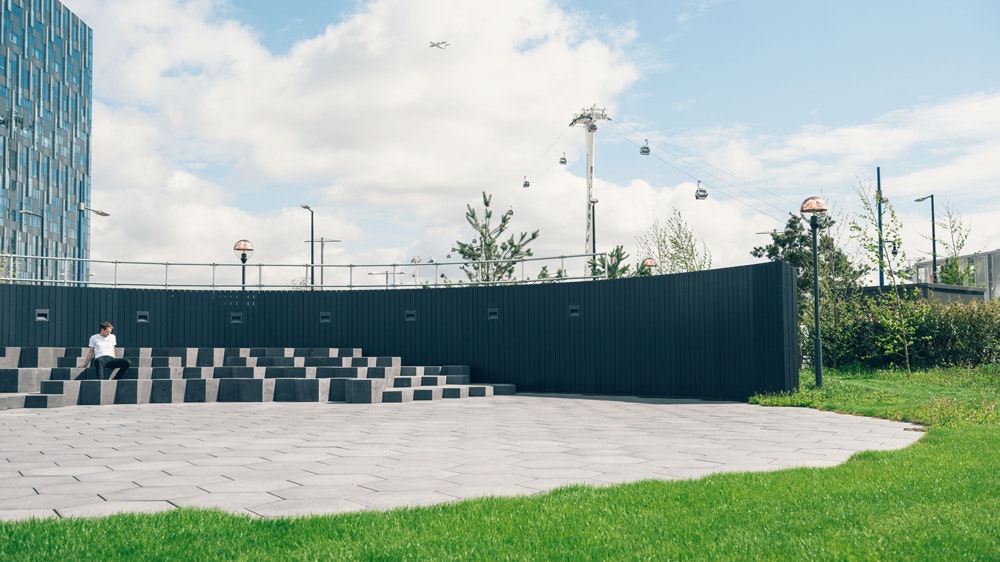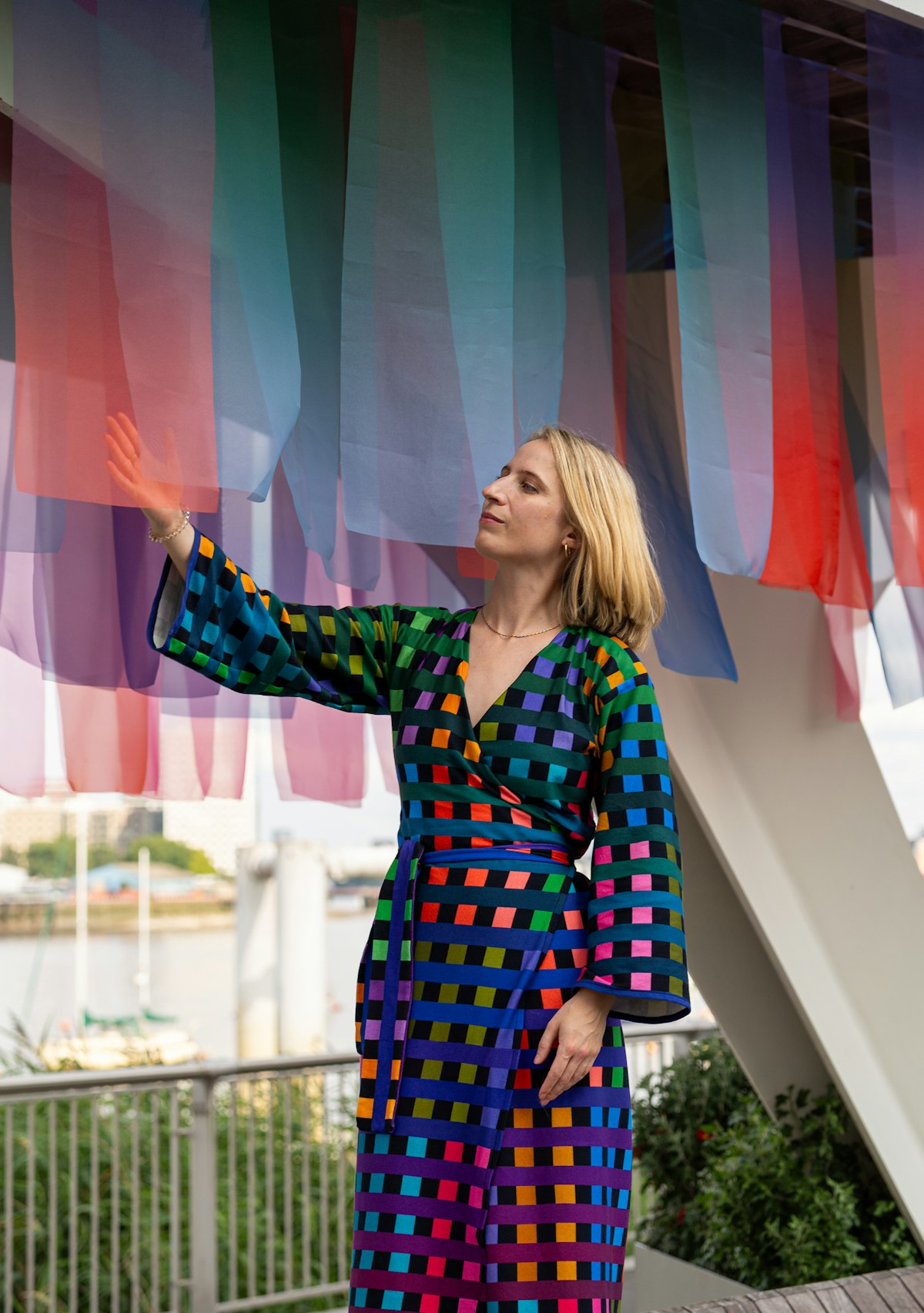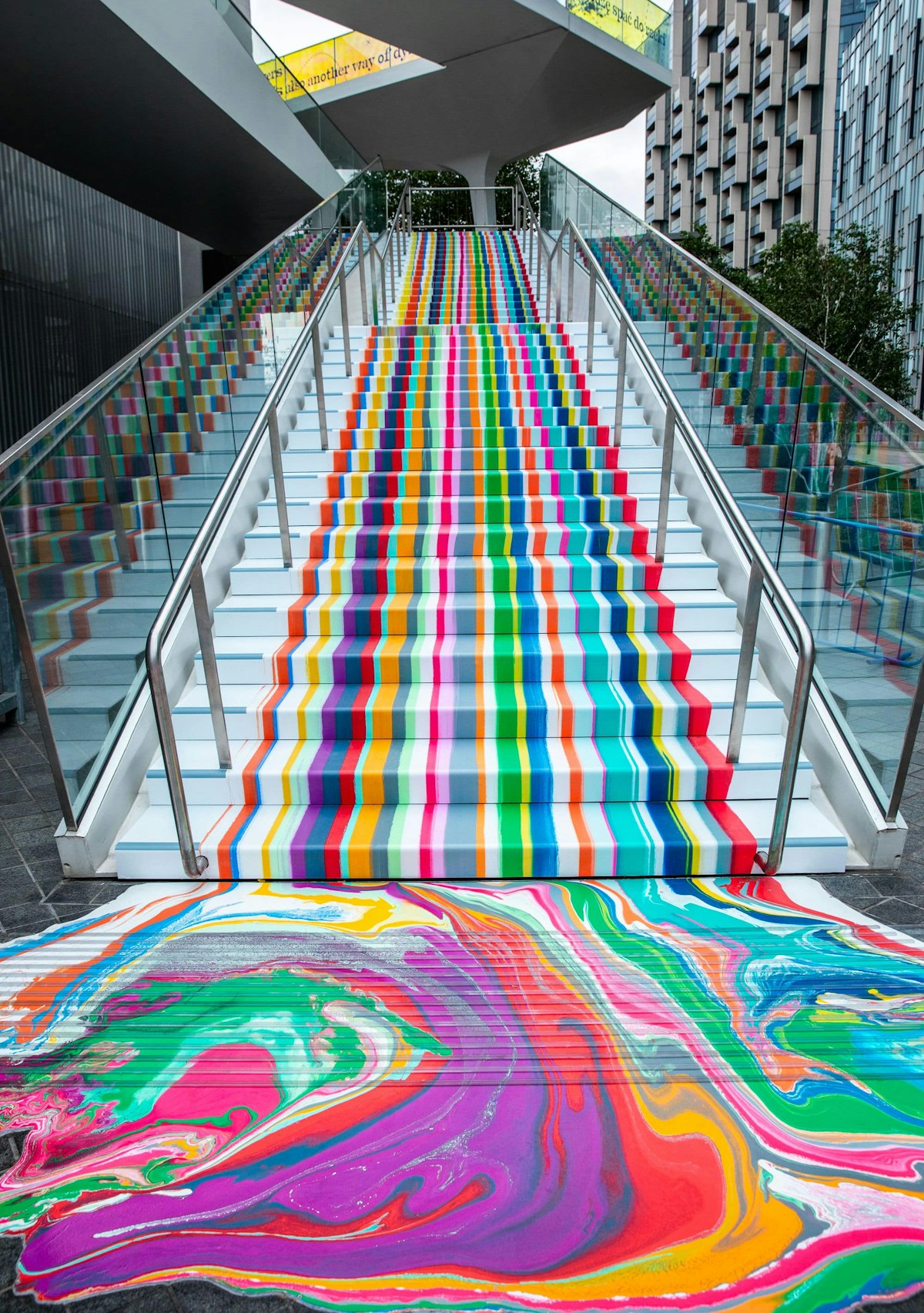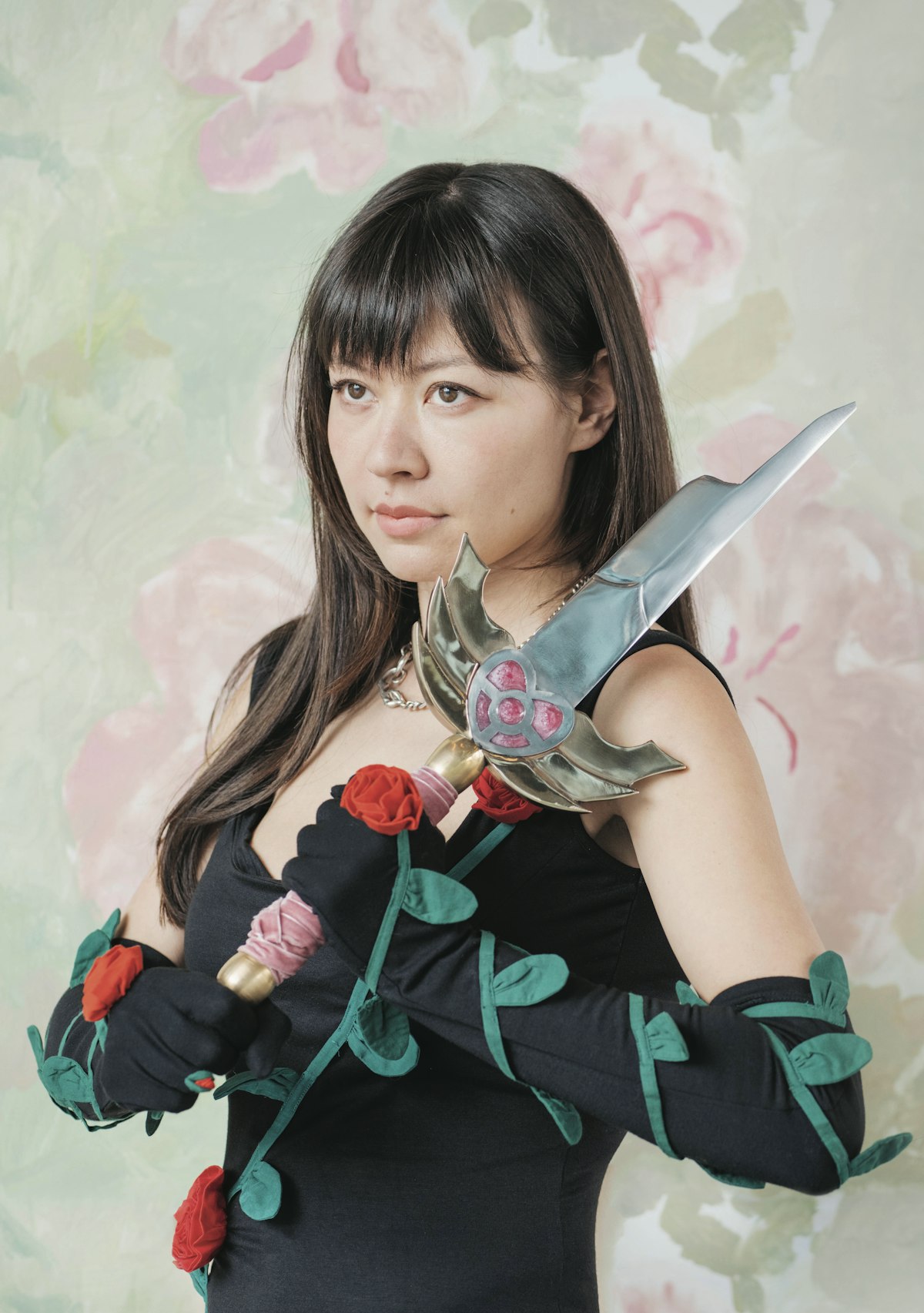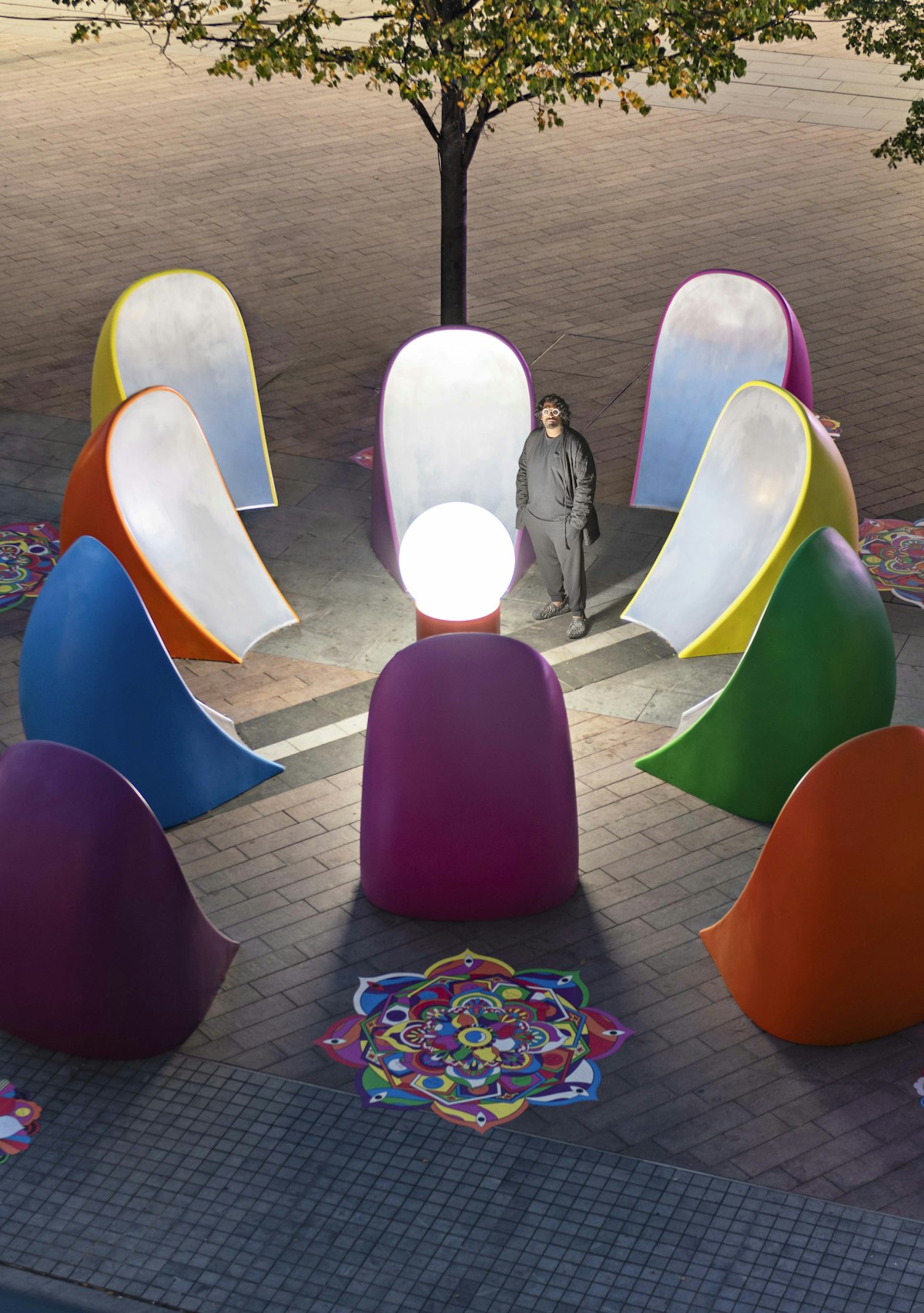
Garden Heritage
Conjure Tom Dixon and it’s a name likely synonymous with contemporary copper pendant lighting, modern furniture and high-concept interiors. But, under his creative direction, London-based Design Research Studio, in collaboration with landscape gardeners Alys Fowler and Thomas Hoblyn, have donned a decidedly greener thumb for their first outdoor project, situated on the Peninsula.
Indeed, the chance to create a new park in London was hugely compelling. “The opportunity to work in the landscape, rather than within an architectural space has challenged us to think on a different scale and provided us with a new palette of materials that change with the season and are subject to the wind, rain and occasional British sunshine,” says Dixon. The area’s nautical and industrial heritage proved a sound source of inspiration. “The design of the garden peels back the layers of history, exposing the forms of the original mud flats, reintroducing apples from the market gardens and a palette of material from its industrial and nautical past.”
Planting solutions sought to trace a line between garden and table. “Being able to pick native apples that would have grown on the Peninsula centuries ago, and the produce being grown for Stevie Parle’s Craft London will make it different from any other public London garden.” The space is a true edible feast, supplying Parle’s kitchen with seasonal harvests throughout the year and offering the chefs space to grow and experiment with often rare or hard-to-find ingredients. “In addition to herbs and vegetables, we have worked with Stevie to create a smoke house, which will allow them to cure meats minutes away from the tables,” says Dixon.
Open spaces provide an ideal rough-and-tumble stomping ground for children to play, while a market garden provides an idyllic spot to relax. Inspired by the geometry of the ancient Giant’s Causeway, an amphitheatre provides a year-round platform for theatre, music, performance and cinema.
Although the garden put down roots in 2014, it already has the feeling of an established, wild landscape. “Our approach to the garden has always been to provide a counterpoint to the architecture around it, adding an element of softness and, wherever possible, reducing the amount of design to allow the space to feel natural and evolve with the people who will use it each day.” In every essence, it’s a garden ripe for the picking.
